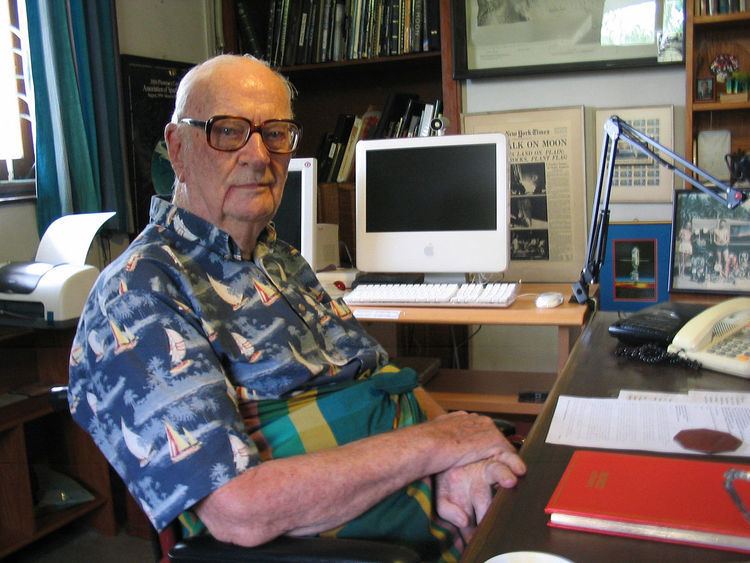 | ||
Hard science fiction is a category of science fiction characterized by an emphasis on scientific accuracy. The term was first used in print in 1957 by P. Schuyler Miller in a review of John W. Campbell, Jr.'s Islands of Space in Astounding Science Fiction. The complementary term soft science fiction, formed by analogy to hard science fiction, first appeared in the late 1970s. The term is formed by analogy to the popular distinction between the "hard" (natural) and "soft" (social) sciences. Science fiction critic Gary Westfahl argues that neither term is part of a rigorous taxonomy; instead they are approximate ways of characterizing stories that reviewers and commentators have found useful.
Contents
- Scientific rigor
- Representative works
- Short stories
- Novels
- Films
- Television
- Anime Manga
- Visual novels
- Comics
- References
Stories revolving around scientific and technical consistency were written as early as the 1870s with the publication of Jules Verne's Twenty Thousand Leagues Under the Sea in 1870 and Around the World in Eighty Days in 1873, among other stories. The attention to detail in Verne's work became an inspiration for many future scientists and explorers, although Verne himself denied writing as a scientist or seriously predicting machines and technology of the future.
Scientific rigor
The heart of the "hard SF" designation is the relationship of the science content and attitude to the rest of the narrative, and (for some readers, at least) the "hardness" or rigor of the science itself. One requirement for hard SF is procedural or intentional: a story should try to be accurate, logical, credible and rigorous in its use of current scientific and technical knowledge about which technology, phenomena, scenarios and situations that are practically and/or theoretically possible. For example, the development of concrete proposals for spaceships, space stations, space missions, and a US space program in the 1950s and 1960s influenced a widespread proliferation of "hard" space stories. Later discoveries do not necessarily invalidate the label of hard SF, as evidenced by P. Schuyler Miller, who called Arthur C. Clarke's 1961 novel A Fall of Moondust hard SF, and the designation remains valid even though a crucial plot element, the existence of deep pockets of "moondust" in lunar craters, is now known to be incorrect.
There is a degree of flexibility in how far from "real science" a story can stray before it leaves the realm of hard SF. Some authors scrupulously avoid such technology as faster-than-light travel, while others accept such notions (sometimes referred to as "enabling devices", since they allow the story to take place) but focus on realistically depicting the worlds that such a technology might make possible. In this view, a story's scientific "hardness" is less a matter of the absolute accuracy of the science content than of the rigor and consistency with which the various ideas and possibilities are worked out.
Readers of "hard SF" often try to find inaccuracies in stories, a process which Gary Westfahl says writers call "the game". For example, a group at MIT concluded that the planet Mesklin in Hal Clement's 1953 novel Mission of Gravity would have had a sharp edge at the equator, and a Florida high-school class calculated that in Larry Niven's 1970 novel Ringworld the topsoil would have slid into the seas in a few thousand years. The same book famously featured a devastating inaccuracy: the eponymous Ringworld is not (in) a stable orbit and would crash into the sun without active stabilization. Niven fixed these errors in his sequel The Ringworld Engineers, and noted them in the foreword.
Films set in outer space which aspire to the hard SF label try to minimize the artistic liberties taken for the sake of practicality of effect. Factors include:
Representative works
Arranged chronologically by publication year.
